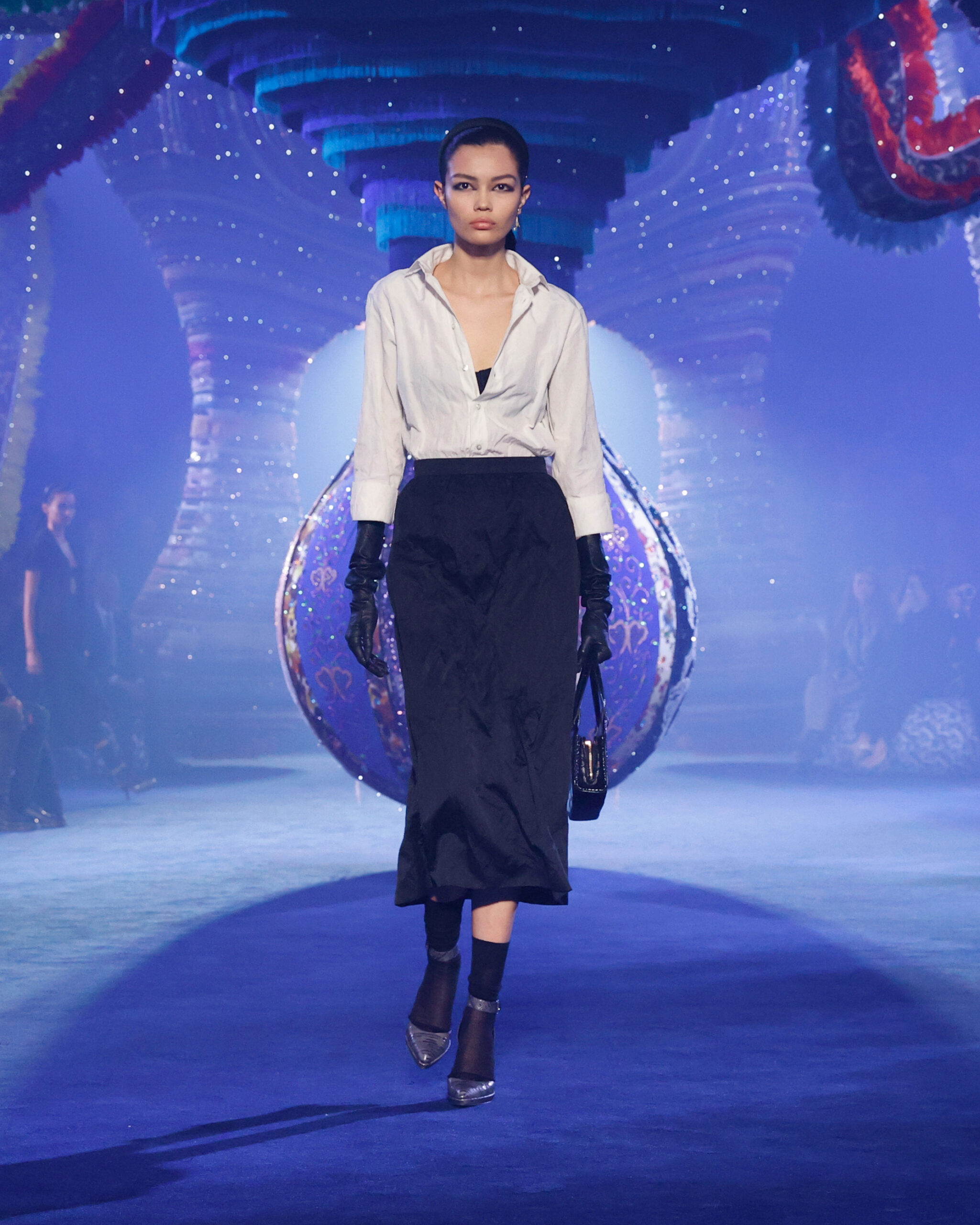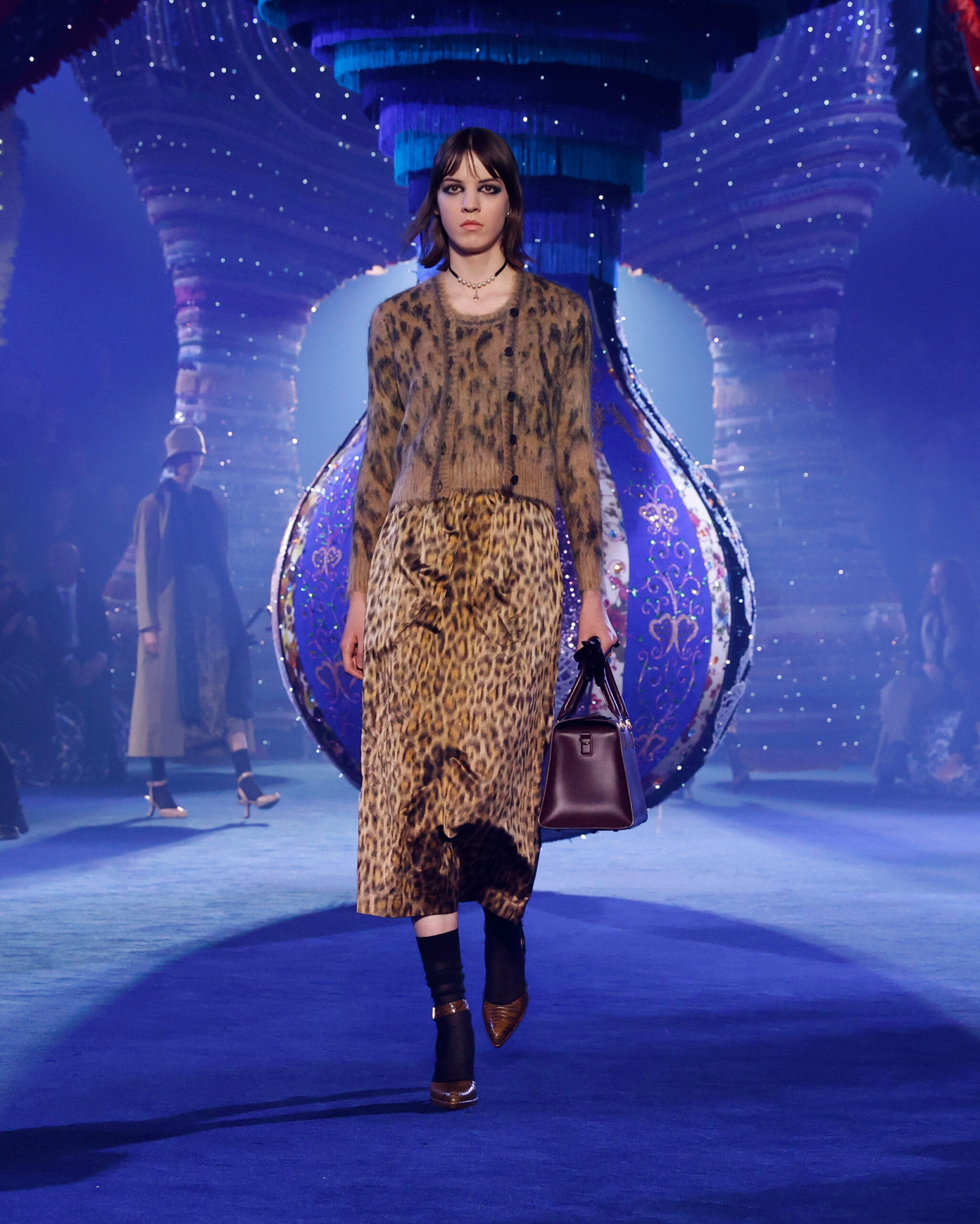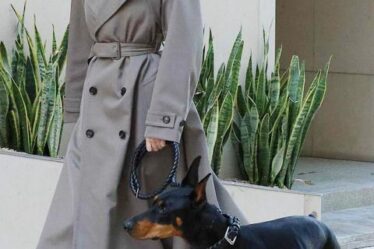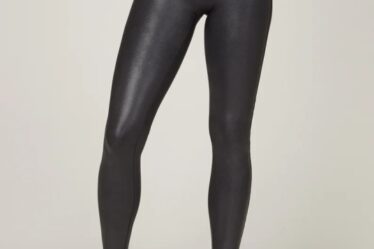
Maria Grazia Chiuri has looked to the post-war fifties to create her version of tenacious womanhood for Dior’s Fall 2023 Ready-to-Wear Collection.
Maria Grazia Chiuri has looked to the post-war fifties to create her version of tenacious womanhood for Dior’s Fall 2023 Ready-to-Wear Collection.
For Fall-Winter 2023, Creative Director of Dior, Maria Grazia Chiuri, seems concerned with a traditional idea of the uniform. Looking back to the golden era of Dior, the 1950s, as an inspiration, this season feels super traditional in its conception, before proceeding to unwind into Chiuri’s more contemporary view of femininity. Specifically, Chiuri has examined the lives of three women from the time period as a source of inspiration for the FW23 look; Catherine Dior, the sister of Christian Dior, as well as the two renowned French singers Julitette Gréco and Édith Piaf.
What may be the most enticing range within the collection was the prominent presentation of all-black looks; which have been pooled together at both the beginning and end of the collection, as well as sprinkled throughout the middle of the presentation. In a large amount of these black ensembles, the fabric of garments has been intentionally wrinkled, resulting in clothing that reflects classic silhouettes with a more modern sense of wearability. This ultra-pared-down look is one that makes sense for both the Dior woman, as well as the general wave in fashion right now which is calling for a less-is-more approach.

White blouses are left largely unbuttoned and tucked into the tops of black skirts, reflective of ’50s dressing while also signifying a modern sense of strength in womanhood. Protective down jackets are practical while simultaneously ornamental in their quilting pattern. The standout look may just be one of the most timeless looks; a shining leather moto jacket with an out-turned shearling collar and cuffs, paired with a simple white button down and black skirt, accessorized by a crinkled black tie and black combat boots. It is here in this simplicity that Chiuri’s idea of femininity is most clear in its expression; straightforward, practical, and tenacious.

In opposition to the more minimalistic offerings, there was also a large presentation of kaleidoscopic and vivid garments. Abstracted archival floral prints coexist next to classic tartans, metallic dresses give an air of unabashed femininity while leopard prints signify the rebellious spirit of Chiuri’s three muses. This bold use of expressive pattern and ornate embellishing is a mark of the house’s dedication to creating a modern sense of womanhood that does not erase traditionality, yet extrapolates moments of strength from said tradition.

The way in which the 1950s has been tapped for inspiration speaks to an influence of the decade’s post-war sense of freedom, which feels pertinent to our modern times, with this season specifically containing a wave of practicality in wardrobe-focused collections. Chiuri speaks to the tenacity of womanhood most clearly in her development of the most simplistic garments that have been shown, where a sense of minimalism speaks to the need for clothes that are practical in the wake of societal upheaval and on the brink of the myriad of problems that society faces on our TV-screens and news apps on the daily.



